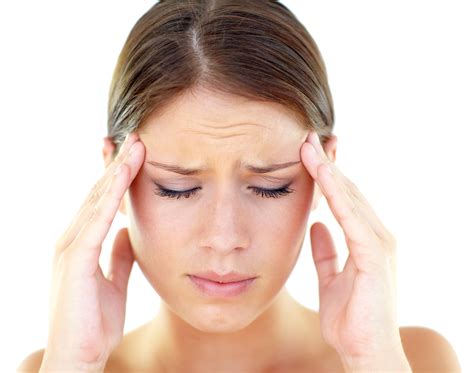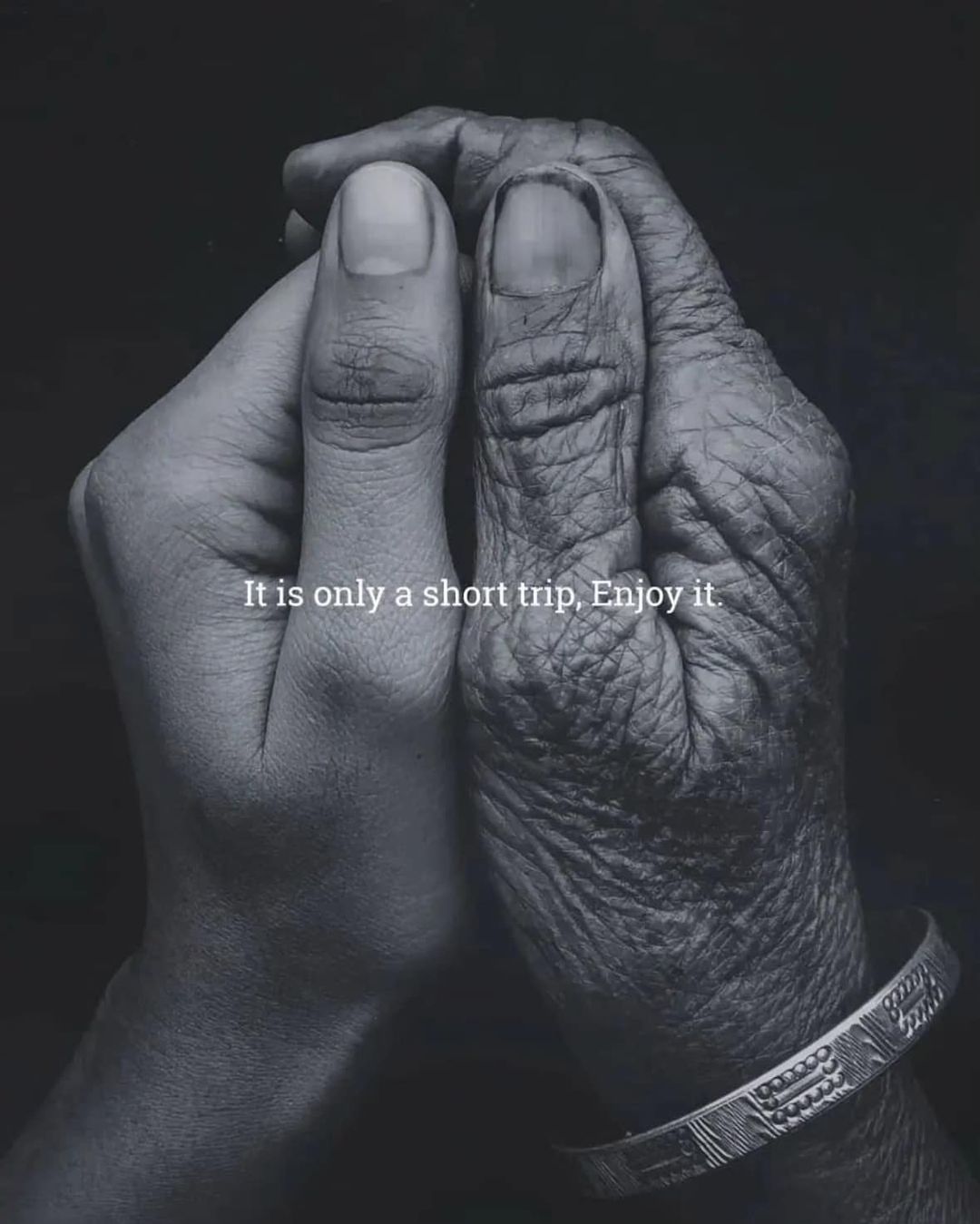The Body Speaks
One of my clients let me know that when I say that I listen to the body, most people might not understand what that is. So I have decided to use the best of words I know to describe it.
Listening to the body is an art.
It’s about tapping into the aliveness of our biology
Everything from the cellular (smaller particles as well) to the whole person has a blueprint of its right to exist- and of course-it course of action.
Sometimes the flow is hindered. But there is something that each of our biological states of being are made out of which is deeper than the obstacles, and more expanded and full of potential. That is not only of the physical world really. It’e energy. It is aliveness. It can have centers or it can be a pathway.
I am not getting metaphysical here – rather I am explaining the electrical system that is our brain and our nervous system . It’s like a superhighway. I listen to how that energy plays itself out both inside and outside of an our tissues. The matrix has a story, and it reveals itself to my hands, my presence, and the many fields of energy in which we live. The fluids & tissues change whether I am connected by touching the skin, or feet away. It depends what your system wants and needs. The membranes either open or not to change and evolution. Sometimes I go more deep if that is the “calling”. Sometimes, I sit with in patience.
Listening is allowing my sensory input to take a person in on so many levels. I feel rhythm, skin, bones, fascia, organs, waves of consciousness- and I trust that core- the origin of life within that does inform me of what is ready to happen. I nudge, and I give space for freedom and expansion.
Doing healer work, in my opinion, is taking the sacred information of each individual that emerges, and nourishing it to express its best SELF. That means listening to you, seeing you, acknowledging you, and supporting to help you can find your depth and your freedom.
This is why I see the world as I do. The grounding all the way to the Cosmos is part of life. Interconnected, and self-expressing. It’s important to honor and respect what is.








